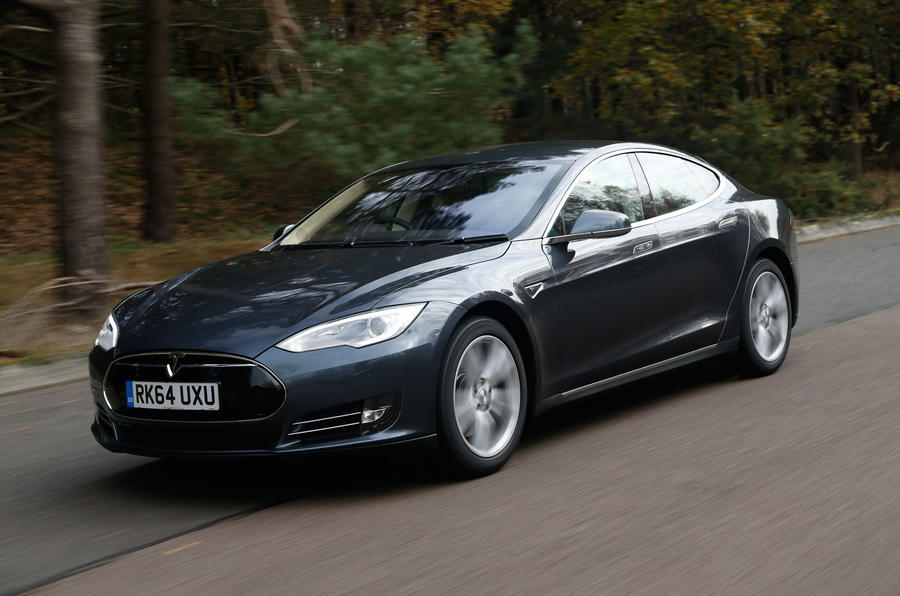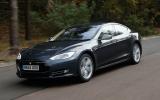There are some important mechanical differences involved in choosing the lesser Model S. It makes do with ‘just’ a 298bhp motor, which gives a top speed of 120mph and a claimed 0-60mph time of 5.9sec, along with a claimed range of around 215 miles – around 80 miles less than you get in the 85kWh car.
Other than the motor and the fact that it sheds more than 100kg thanks to its smaller battery pack, the most notable change on the 60 is to the suspension.
The 85 Performance uses an air-sprung set-up, with stiffer anti-roll bars along with standard 21-inch wheels. But the standard mechanical suspension employed by this 60 version helps soften out the ride – at least for the most part.
Where the firmer 85 Performance would occasionally crash over pot holes, the 60 glides over them beautifully with little upset to the body. However, continuous ripples in the road cause it to fidget and never completely settle.
The pay-off is that when you exploit the fast and direct steering and launch the 60 at a bend, there's prodigious grip and barely any body roll, despite the smaller tyres. Eventually the front will wash wide, and if you give the accelerator a prod mid-corner you can tempt the rear to break loose, but it’s never wild.
It could do with a bit more feel as you approach the limit, and in Sport mode the steering is needlessly heavy but still as numb as it is in the other modes.
Off the line it feels like a fast petrol V6, and although it doesn’t shock you in quite the same way as its more potent Model S siblings, the power delivery is more manageable, especially over damp surfaces. It’s fair to say that at speeds above 60mph you will notice its comparative lack of power, but this is still a very quick car.
Just because this is the entry model, don’t be under the impression that you'll be missing out on the full-fat Tesla experience, either. As with the rest of the range, the 60 still comes with a TV-sized screen in the dash, heated leather seats and a lot of goodies you’d need to fork out extra for in its rivals.





























Join the debate
Add your comment
@martinwinlow
Driving almost 16hrs or so without a break?
@abkq
The last 20% takes 30
No wait, I should do the maths.
So if you charge to 80% twice, it will take 80 minutes. You will get 160% charge.
If you charge to 100% once, it will take 70 minutes. You will get 100% charge. So what's more efficient? 80 mins for 160% charge or 70 mins for 100% charge?